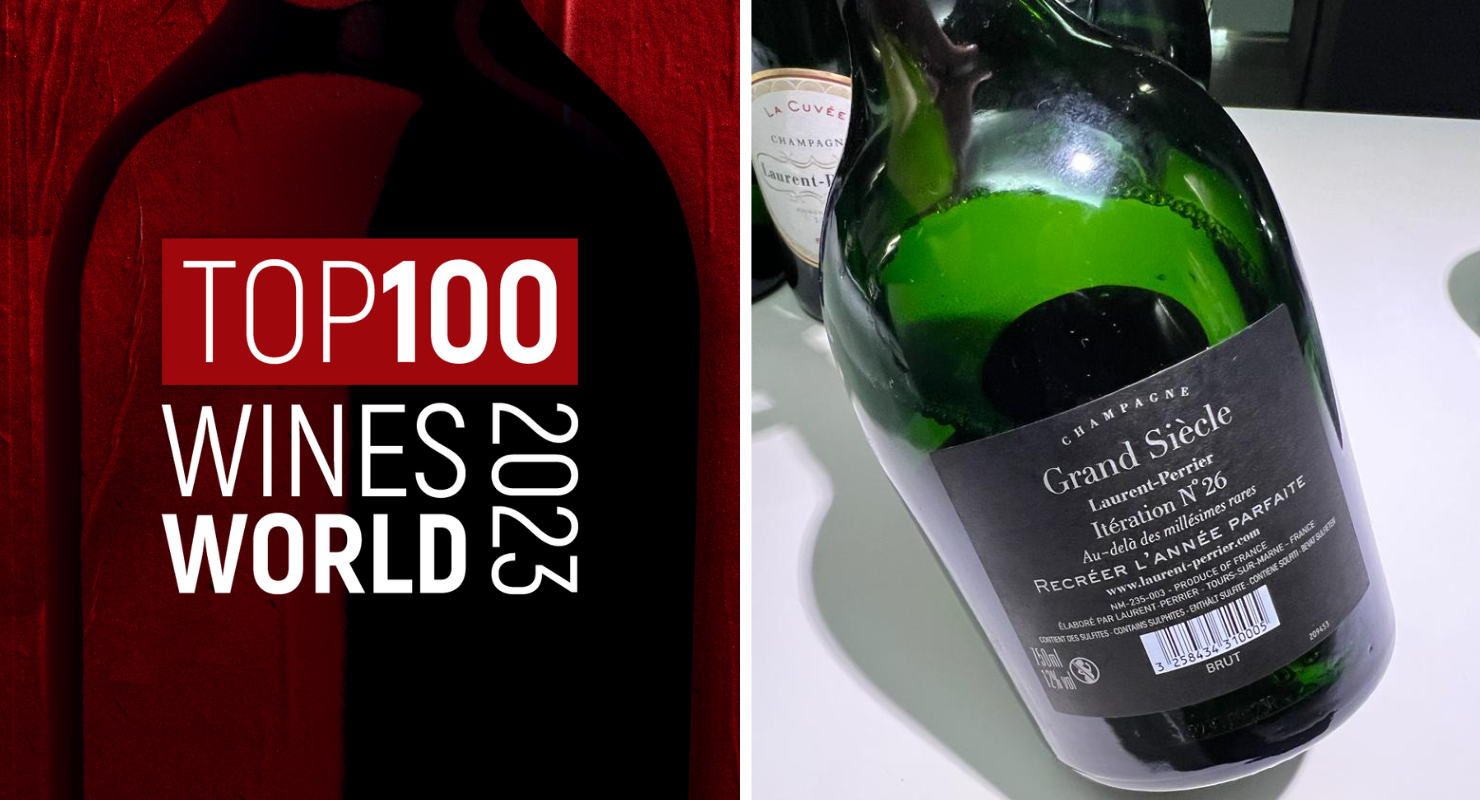
We are celebrating this year’s JamesSuckling.com Top 100 Wines of the Year with a bottle of Champagne. It’s not just an incredible bottle of Champagne, it’s the best wine we rated this year out of the almost 39,000 reviewed by myself and my team of seven tasters/editors. It is the largest number of wines we have ever reviewed in a year, beating last year’s record of about 32,000.
A significant amount of wines were rated in our office in Hong Kong, but most were tasted on the road during visits to countries and regions throughout the world, from France, Spain and Italy to the United States, Australia and New Zealand, not to mention Argentina and Chile. We lost count of how many miles we racked up on flights or the literally hundreds of vineyards and winemakers we visited. It was hard work but we all loved it – learning, discovering and tasting.
However, it was a July tasting in Champagne of the newest release of Laurent-Perrier’s Champagne Grand Siècle Grande Cuvée N.26 that inspired us the most in 2023. It is a sensational-quality bottle showing incredible texture, depth and complexity. Its great structure will keep it fresh and vivid for a very long time, yet it is equally energetic and intense, highlighting its beauty now. Champagne producers have always said that their bottles are first great wines and then great Champagnes, and this is certainly the case with the Grand Siècle Grande Cuvée N.26.
It also highlights how the region of Champagne may be one of the most exciting in France, and Europe at the moment. Climate change may have benefited the region, with Champagnes in most vintages now being richer and drier with slightly more alcohol – about 12 percent on average. It also has increased the production of table wines in the area, with pinot noirs and chardonnays now comparing to the best of Burgundy. Stay tuned for more about this in coming reports.
Meanwhile, what makes the Laurent-Perrier Champagne Grand Siècle Grande Cuvée N.26 so magical is its exceptional blend of vintages, three beautiful years with the uniquely powerful 2008 vintage giving it the edge. It’s a perfectly harmonized blend of 65 percent 2012, 25 percent 2008 and 10 percent 2007. The 2012 gives the Grand Siècle Cuvée N.26 its balance and form, with subtle and bright fruit, while the 2008 gives it a vertical depth and focused energy with a subtle phenolic tension that frames the wine gorgeously. Finally, the touch of 2007 delivers more liveliness and vivacity. It comes from eight grand cru vineyards, and it’s 58 percent chardonnay and 42 percent pinot noir. It’s released after about 10 years on the lees in the bottle. This is the last Grand Siècle Cuvée to include the magnificent 2008 vintage, which was used for its predecessors, including No. 25 and No. 24.

“The 2008 vintage was not that easy,” Maximilien Bernardeau, the cellar master of Laurent-Perrier, admitted during our visit to their cellar in July. “It was sunny but also cloudy, and the temperature was not so high. We had the rain when we needed, and 15 days before the harvest the skin of the grapes became thin so it was easy to press the juice out. We had very low phenolics and good sugars but It was just 9.5 percent potential alcohol and the acidity was about 3 pH.”


Those metrics sound more like top years in Champagne from the 1980s and 1990s, before alcohols rose to about 12 percent and acidities dropped, giving higher pHs because of the rise in temperatures during the growing season. This gives an even more unique quality to our Wine of the Year.
The only drawback with the Laurent-Perrier Champagne Grand Siècle Grande Cuvée N.26 is that it costs about $235 a bottle. Granted, this is not outrageously expensive for a prestige cuvee or any other world-class wine, considering its phenomenal quality and exorbitant prices for wines in regions such as Burgundy and Napa Valley. But I must admit that I was slightly surprised by the price of nearly all of our top-rated wines in 2023. A hundred dollars doesn’t go very far these days to buy the best wines in the world. The average price per bottle of our Top 100 is about $140. I didn’t consider any wine for our Top 100 that costs more than $400 a bottle.
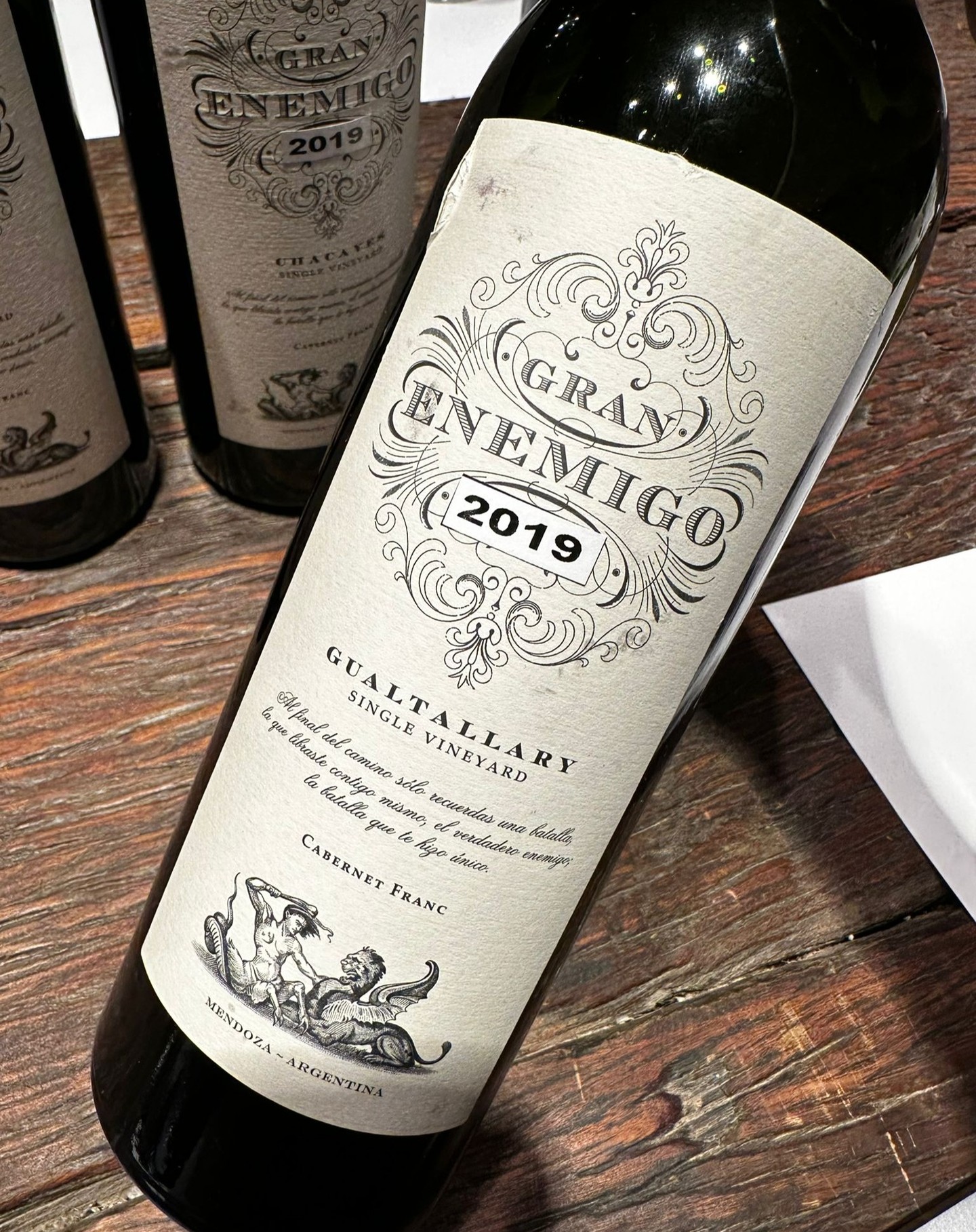
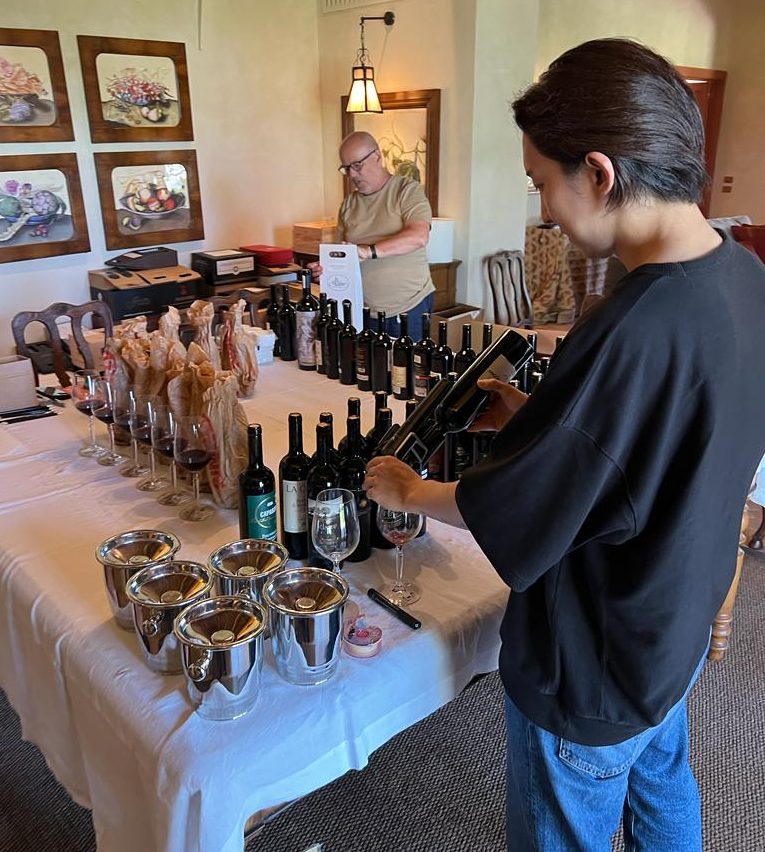

THE QUEST FOR VALUE
The best values in the Top 100 list seem to originate from Austria, Germany and New Zealand. The top wines of South America used to represent value but they have doubled in price in recent years. Spain and Italy have also become very expensive. Two categories for relative values to consider are pinot noir and chardonnay from California There were two bottles from the former category on our list, and three from the latter.
I tried to include as many of the 50 or so 100-point wines we rated this year as long as they were available on the market and not profoundly expensive. Our list included 17 wines with 100-point ratings. The least expensive of these is about $100 – El Enemigo Cabernet Franc Gualtallary Gran Enemigo Single Vineyard 2019. It could have been our Wine of the Year, but the production was slightly less than 5,000 bottles and it’s already very difficult to find. So, it’s No. 2. The Moric Blaufränkisch Burgenland Lutzmannsburg Alte Reben 2021, No. 8, is slightly lower priced, and the wine has essentially put the underrated grape of blaufrankisch under the global spotlight for wine lovers.
You probably already know the names of the other wines in our Top 10 of the Top 100, since they have been part of this list over the years. However, a newcomer is a single-vineyard Brunello from Casanova di Neri, the 2019 Giovanni Neri. There are a number of 2019 Brunellos on our list, and the wines will be available on the market in January.

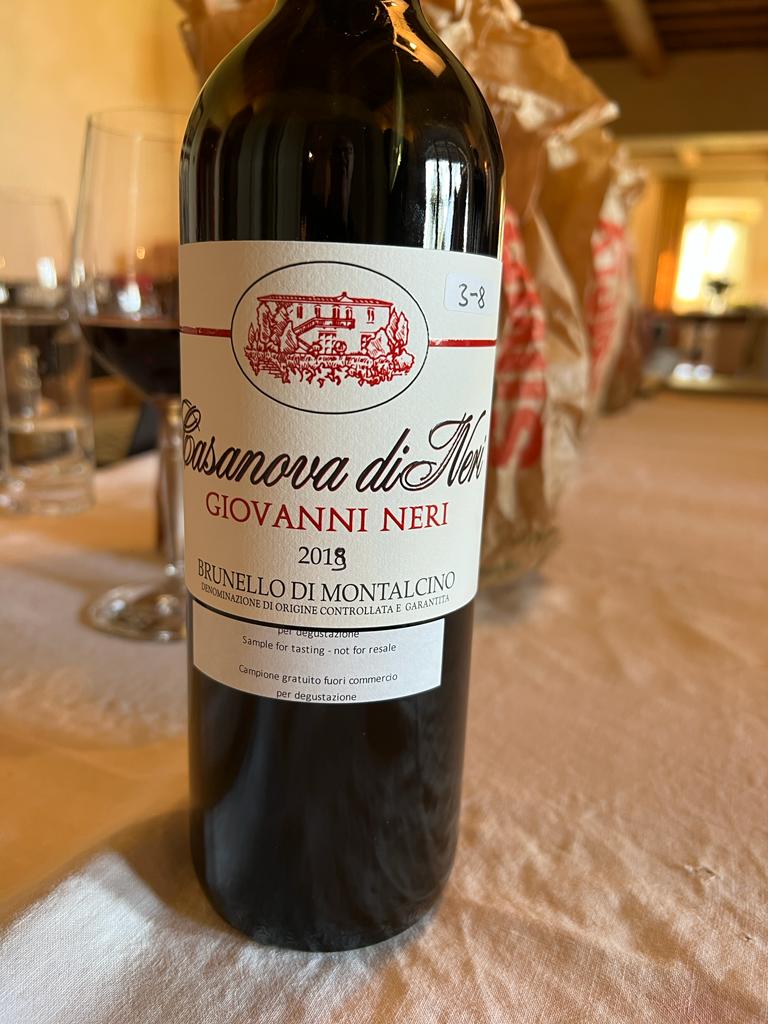
Please remember that the selection for wines in our Top 100 list is based on ratings, price and availability in the global marketplace, according to Wine Searcher. Wines should have a minimum production of about 500 cases of 12 bottles with a few exceptions. We also factored in what we call the “Oh, wow!” element, or the intangible attractiveness of a wine. It’s those bottles that we fall in love with and want to drink.
France was the biggest source of wines for our Top 100 list, accounting for 33. Bordeaux took the lion’s share. Its vintage released on this market this year was the fantastic 2020, the latest in a great trilogy that included 2019 and 2018. The 2020 might be the best of the three. Most of the coveted names, such as first growths and trophy wines from the Right Bank, were left out of the list because of their extremely high prices and our limit of $400. Some 2020 Bordeaux sell for as much as $6,250 a bottle, such as Petrus.
Italy followed with 17 wines. Again, don’t miss the few 2019 Brunellos on the list because they will be released in early January 2024. It’s a beautiful and refined vintage after the slightly meager 2018 and the overly ripe 2017. Some structured and balanced 2019 Barolos are also listed. However, the star is the late-released Damilano Barolo Cannubi Riserva 1752 2016, which was my wine of the year for the Top 100 list for Italy’s largest newspaper, the Corriere della Sera. It’s a great wine from a great vintage. It costs $350 a bottle.

Chile and Spain had eight wines each, with Argentina, Austria and Germany close behind with seven each. The top wines of Spain seem to be getting more and more expensive and I hope they have reached the limit, but they are compelling wines for their provenance and extremely high quality. By comparison, the best of Chile are relative bargains. Austria and Germany make some of the world’s most affordable great wines with single-vineyard designations.
The United States has six wines among the Top 100. Unfortunately, you won’t find any Napa Valley reds on this year’s list because many producers didn’t bottle wines because of the 2020 fire, and those who made outstanding wines in 2020 in the valley were too expensive for this list. But there are two beautiful Napa chardonnays below. Plus, there’s a chardonnay from California’s Central Coast that might surprise you, as well as two gorgeous Sonoma Coast pinot noirs.
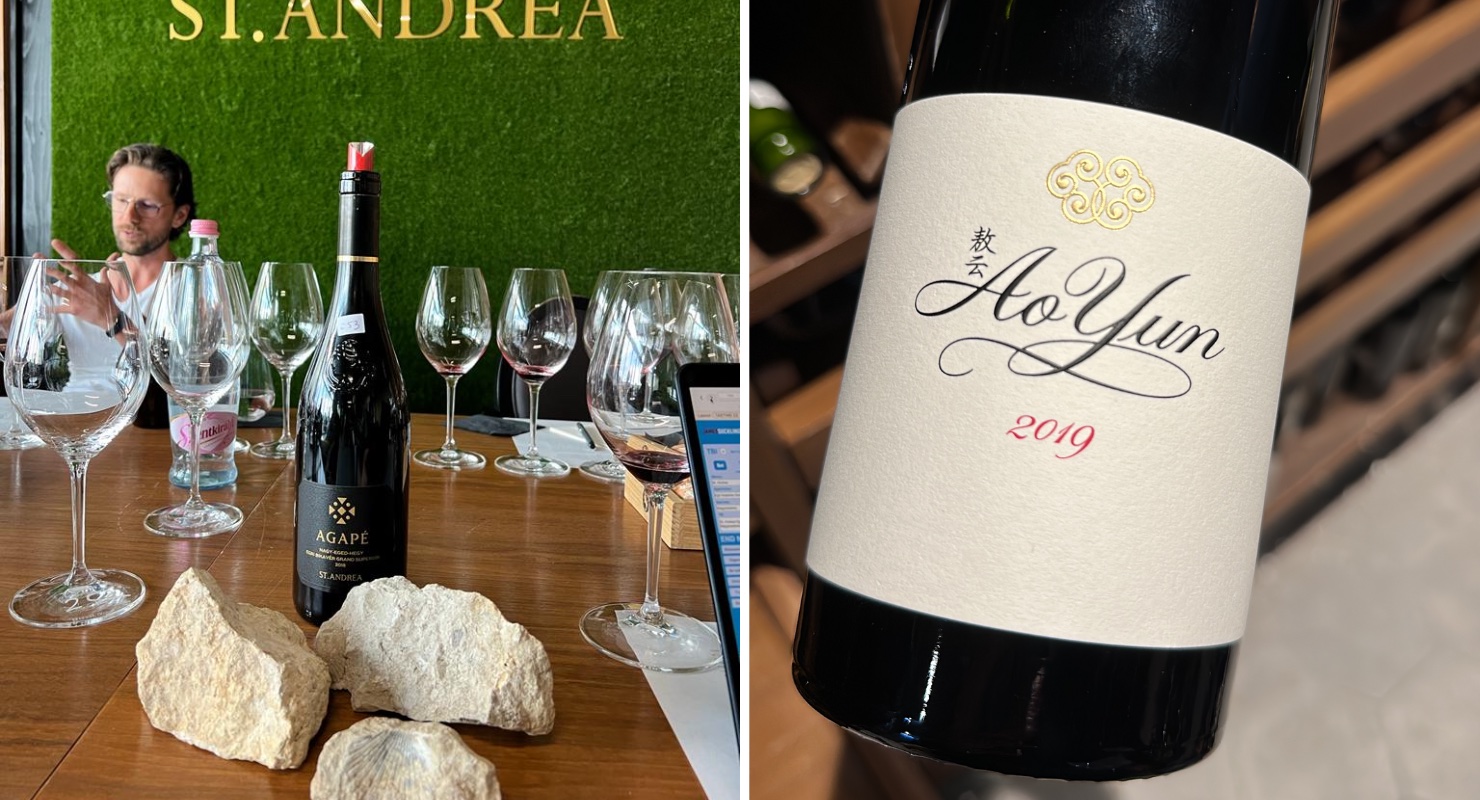
New Zealand has three wines this year among our Top 100, and not just pinot noir and chardonnay. Te Mata’s Coleraine Bordeaux blend is a long-established star wine from the island nation, and the 2021 is one of the best ever. Australia fell short this year with only one wine, although it’s from one of the best vine-growing families in Oz, the Middletons of Mount Mary. We were happy to see Hungary, Portugal and China with one wine each. The latter is a country on the move in the world of wine, and we have a full-time editor from Beijing covering the story.
We are excited about our Top 100 Wines of the Year from JamesSuckling.com. We hope you find it compelling enough to buy a few bottles on the list and try them yourself.
– James Suckling, Editor/Chairman
Note: The list of wines below is comprised of bottles tasted and rated in 2023 by the tasters at JamesSuckling.com. You can sort the wines below by country, vintage, score and alphabetically by winery name. You can also search for specific wines in the search bar.



